Your Angel of Death Awaits: The Definitive Batman Film
You can write a book on Batman and his impact on pop culture. There’s probably one out there. Of course, people respond to the complexities, the gadgets, and the villains. And let’s not forget, The Batusi. John Travolta owes his comeback in Pulp Fiction to Batman and his signature dance move. He’s great in the movie but the main reason he got that Oscar nomination is his excellent execution of The Batusi. You can probably make the argument that the popularity of the film was caused by the inclusion of this dance. Perhaps Pulp Fiction’s influence on indie cinema was indirectly caused by Batman. Some people say that Batman can only be a soulless blockbuster cash grab. Batman influenced the indie film boom of the 90s. You know it in your heart.
Me in the club.
Of course, his biggest impact on pop culture is that every Batman film (most recently Zack Snyder’s Justice League) has influenced the superhero genre. The funny thing is Batman is not a superhero; meaning he does not have superpowers. “But Bozo. He’s in superhero comics. You’re arguing semantics. I’m a broke filmmaker with an English degree. Semantics is all I have.
Anywho, Batman has a rich variety of influences. Superhero comics were still in their infancy so Batman was inspired by a lot of the pulp heroes at the time; most obviously The Phantom, The Shadow, and Dick Tracy. And of course, Bob Kane wanted to capitalize on the popularity of the latest game-changing comic, Superman. But Batman also has literary references such as Zorro, an affluent man, dressed in black, who fights crime and protects the innocent, and Sherlock Holmes, a detective with genius intellect. Batman is a detective; a cynical one. A trope that had recently been established in Hardboiled Fiction, the literary genre that inspired the Film Noir.
Ahhhh. Film Noir. What the hell is Film Noir? Is it a genre? Is it a film movement that took place between the 1940s and 50s? If that’s the case, then anything after that would be Neo-Noir. What the fuck is Neo-Noir? No one really knows. It’s all confusing. Not even film scholars get can it right.
That’s that good Noir shit. That’s some Orson Welles shit right there.
I guess the best way to explain Noir is that it’s a mood created by certain filmmaking techniques and genre tropes. We know them all: Cynical private detectives, Femme Fatales, moody lighting, gangsters, robberies, and tragedy. A world-weary mood where women are wicked, men are stupid, and danger is just around the corner. A mood that is synonymous with Batman, because of the influence on his origins. A mood perfectly captured by the creators of Batman: The Animated Series, the best portrayal of Batman outside of the comics. A show that gave us the best Batman film so far Batman: Mask of the Phantasm.
I’m not kidding when I say this show is the nexus for all my obsessions.
The Animated Series
After Tim Burton’s Batman film was released, Warner Bros. Animation started developing an animated series to capitalize on Batmania. Bruce Timm, an animator on Tiny Toon Adventures, drew a character design for Batman and pitched it to executive, Jean MacCurdy. Coincidentally, background artist, Eric Radomski, drew his background designs, influenced by Burton’s film, and Art Deco, and showed them to MacCurdy. She hired the two as showrunners immediately.
The series was unlike anything seen in children’s animation before. This wasn't Superfriends, a corny show that was in the spirit of the Adam West show but it was campy in a bad way. This was a dark and moody show with guns, fights, and gangsters. A show with suspense, expertly crafted stories, and complex characters; something that adults and kids can enjoy. A show that drew from Film Noir and Hitchcock as much as the source material.
The best episodes are feature Batman’s villains as tragic figures. The villains aren’t goofy costumed bozos. Their villainy comes from loss, insecurity, and mental illness. They’re tragic villains who weren’t forced into their situations with Batman having no choice but to stop them. Batman always offers to give them the help they need such as getting Two-Face a mental health professional or trying to reason with Mr. Freeze to give up his vendetta and seek help. Batman sympathizes with the villains, offering his help before resorting to violence. There is always hope for redemption but they’re too far gone. Batman understands their pain because of the loss he’s suffered, while each villain explores an aspect of Batman’s psychology: His duality, his desire for vengeance, and the pain of losing a loved one. This is writing that elevates this to a work of art rather than a sugary Saturday morning cartoon.
They should hang this frame in a museum.
The biggest contribution the series made to Batman were the performances of Kevin Conroy as Batman and Mark Hamill as The Joker. Their performances are so definitive, you can hear their voices whenever you read a Batman comic. Conroy’s voice evokes the complexities of Batman; using two voices to highlight his duality. His gruff voice Batman voice, which sounds almost like a growl, reveals the anger and pain of the character.
Mark Hamill’s Joker can be seen as a masterclass in voice acting. The Joker is one of the most difficult characters to nail down and Hamill makes it look effortless. Every time he laughs as The Joker, it’s different. His laugh makes us smile and tense up; sometimes in the same scene. This Joker is someone who truly believes in nothing else but his rivalry with Batman.
Your Angel of Death Awaits
Now, when I say Batman: Mask of the Phantasm is the best Batman film, I’m not saying the live-action films are bad. I mean, a good amount of them are incredible and as I’ve stated before influenced the modern blockbuster. I’m saying that they fail to see the richness of the character. They fail to explore his complexity and his complicated relationship with his identity. Most of them don’t understand Batman; something that I go into here. (Batman Forever is the most accurate live-action Batman movie. Fight me.)
The film does everything the other Batman films tried to do in a lean 76 minutes. We see Batman’s origin. The film explores his struggle with being both Bruce Wayne and Batman and the effect being Batman has on his mental health. Most importantly, this is a Noir. It’s actually a Noir with Batman/Bruce Wayne as the protagonist. Batman is the detective. His ex-old lady is the femme fatale. There are gangsters and of course, dark and moody lighting. You don’t need to be familiar with Batman or the animated series. You can enjoy the film in all of its Noir glory and see the tragedy and humanity of Bruce Wayne.
In a flashback sequence, we see Bruce’s first night as a vigilante. He’s not in the Batman costume. Instead, he dresses in black and wears a ski mask. Bruce has a similar first night out in Batman Begins, ski mask and all. When he attempts to stop a robbery, the criminals ridicule and assault him but since he’s an expert martial arts fighter, he’s able to hold his own. It’s at this moment that Bruce realizes the most important tool in crime-fighting: Fear.
In the scene before his night out, Bruce meets Andrea Beaumont. They flirt and he falls in love with her. It’s a scene out of a 40s screwball comedy with Andrea in the Katherine Hepburn role and Bruce a flabbergasted Cary Grant. It’s funny and sweet. The two fall in love and Bruce has second thoughts about his nightlife. We see this progression when they go on a date to the World of the Future fair, where they are intoxicated with love and the promise of a bright future. He knows he can’t fight crime if there is someone waiting for him to come home. In one of the most heartbreaking scenes in any Batman story, Bruce visits his grave during a thunderstorm. He’s been avoiding Andrea because he doesn’t want to be a vigilante anymore. He wants to live a happy life with Andrea. He hugs their tombstone, crying and begging. He says he didn’t see this coming and he didn’t count on being happy. He asks them to tell him it’s okay. When Andrea finds Bruce at the cemetery, the two embrace after she says maybe they sent her to tell him it’s okay to be happy.
Please stop making me cry, movie.
But as we know, this romance doesn’t last. There are all sorts of omens that appear during their relationship. After all, the two meet at the cemetery when they visit their dead parents. When Bruce meets Andrea’s father, he is visited by gangsters (We also get glimpses of a silent mysterious henchman who will play one of the most important roles in Batman’s life.)
Me looking at sus dudes on the train.
I swear he looks familiar.
When they leave the office, Bruce and Andrea witness a mugging and Bruce can’t help but intervene. Unfortunately, Bruce is injured. The final omen comes when Bruce proposes to Andrea and the two are swarmed by bats.
What’s really good with this bat?
Andrea breaks the engagement without an explanation sending Bruce back into the darkness. When Bruce dons his bat-suit for the first time, he is a shadowy figure that moves mechanically. When Bruce first puts on his mask, we don’t see his face, we see his eyes, filled with anger. A man that Alfred, the man who raised him no longer recognizes. Bruce’s transformation into Batman isn’t triumphant. It’s painful, framing the entire story as a tragedy, the most important aspect of Noir.
Yo my man’s is shook.
The film is a lot more brutal than the animated series, naturally. In the present, Gotham City’s notorious gangsters are being murdered by a hooded figure that resembles Batman, which causes a frenzy in Gotham City. Councilman, Arthur Reeves, is on an Anti-Batman campaign. In order to clear his name, Batman must investigate the murders. During Batman’s investigation, he discovers the gangsters were involved with Andrea’s father, Carl Beaumont. When Andrea comes back to town, Bruce is forced to reflect on his past during a physically and mentally painful journey.
When I used to drink in my early 20s.
Salvatore Valestra, the most powerful gangster when he was involved with Andrea’s father, now old and sick, fears for his life and hires The Joker to kill Batman. The two have a past. We don’t know specifically how yet but we know Valestra knew Joker before he fell into the vat of chemicals. The Joker assures Valestra that no one will harm him. Joker says ominously, “That’s what I want to see: A nice big smile.”
When The Phantasm arrives at Valestra’s home to murder him, Valestra is already dead, a frozen grin on his face.
The Joker is really fucked up.
The Joker sees through a camera The Phantasm and realizes the murderer is not Batman. The Phantasm escapes before the place explodes. Batman arrives on the scene but the police chase him where Batman is broken and bleeding. Fortunately, Andrea saves him before the police can capture him. Andrea later reveals that The Phantasm is her father, Carl. He embezzled money from the gangsters when Bruce and Andrea were together. They put a hit out on him and he’ came back to murder them. Andrea has followed her father to stop him.
Since discovering Batman was not behind the murders, The Joker goes on a quest to find out who The Phantasm is. He goes to Councilman, Arthur Reeves, who was Beaumont’s accountant. The Joker wants “to find out who iced the old gang” and his prime suspect is Reeves but when Andrea calls Reeves’ office, The Joker has his answer. He heads back to his home, the rundown and abandoned World of the Future Fair, to wait for his visitor, The Phantasm: Andrea Beaumont.
She’s fucking spooky, boi.
The Joker in the animated series is the definitive Joker. That’s not a statement I make likely. The Joker has been played by some heavy hitters. But Mark Hamill’s Joker is unpredictable, wacky, dangerous, and unnerving. But, since the film is not restricted by the rules of television, we get to see The Joker commits some horrific acts and he becomes fucking nightmare fuel.
When Joker confronts Reeves in his office, he’s so funny but we’re waiting for the shoe to drop and when it does…hooooooly shit. When Andrea calls Arthur’s office, The Joker grabs Arthur and starts cackling and throws him on his desk and we cut to their shadows on the wall. It’s tough to make out but I’m pretty sure Joker stabs him and there’s something about a cackling shadow stabbing someone that keeps me up at night.
Nah. You whilin’ boi.
Yeah. This dude is definitely getting shivved.
The gangsters and Reeves seem to know who The Joker was before he became a homicidal bozo. The reason why is revealed when Bruce is looking at a photograph of the gangsters sitting with Carl Beaumont. He looks at the photo and realizes the henchman in the back (the creepy one we saw earlier) is The Joker.
There’s never been an “Oh, shit!” moment like this in a Batman movie. This movie is too fire.
When Joker was a hitman for the mob, he murdered Andrea’s father, turning Andrea into a homicidal maniac and becoming The Phantasm. The Joker was evil even before he fell into the chemicals. All the chemicals did was reveal his true form.
Andrea remembers the day her father was murdered.
As Batman says in the comics, he’s not crazy, he’s just evil. And The Joker’s evil has corrupted the love of Bruce's life and turned her into a murderer. The Joker even unknowingly makes a mockery of Bruce and Andrea’s romance by living in the representation of their doomed romance, The World of the Future. It’s Batman’s archnemesis that forces Bruce to confront how tragic his life has become.
And symbolically, The Joker rigs The World of the Future with explosives and detonates them. Batman foils his escape and Andrea grabs a wounded Joker to murder him, despite Batman’s pleas. Then the bombs are detonated. The Joker looks around and realizes that he is about to die with his nemesis, whom he respects, and the daughter of one of his former victims. He’s brought on his own demise. It’s the funniest joke of all and he laughs. It’s a laugh that reflects The Joker’s joy and perhaps it’s almost a cathartic release of his hopelessness and he faces certain death. Andrea and The Joker disappear into the smoke and Batman barely makes it out alive.
This is how I wanna go.
The Phantasm is a corrupted representation of who Bruce could have become if he believed in vengeance instead of justice. The death of Andrea and Bruce’s parents are the moments that defined them for the rest of their lives. The tragedy is the two could have had a happy life. They responded to their pain in the same way. They both became costumed figures of the night that caused fear. They lost each other and their response to that loss was to retreat into the darkness. The film ends with Andrea, having escaped the explosion on a cruise ship. A man walks over to flirt with her and realizes she’s heartbroken. He asks if she wants to be alone and all she could say is “I am.” In the next scene, Batman is overlooking Gotham City. The bat-signal lights the sky. Batman swings off into the night. They’ll never see each other again. They’re both lost souls; longing for the bright future that never came to be.




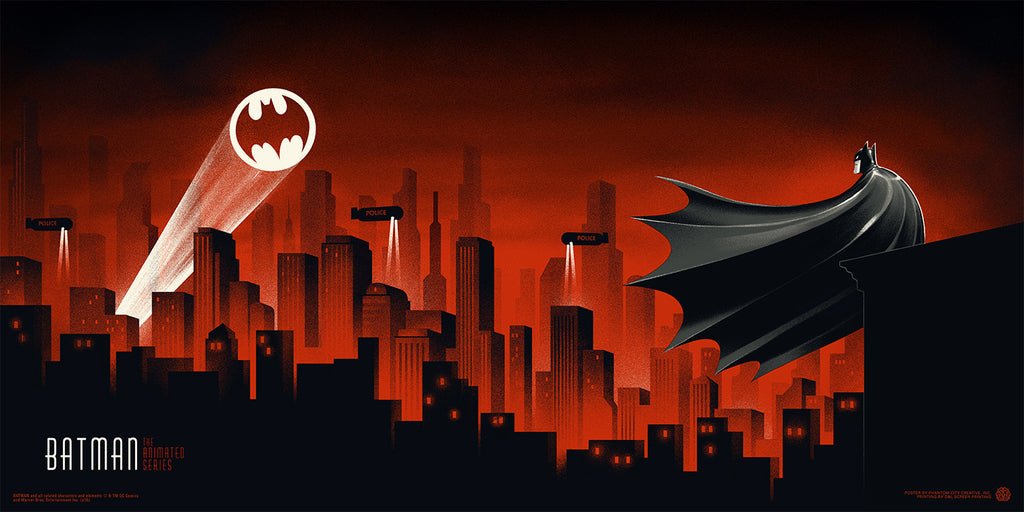
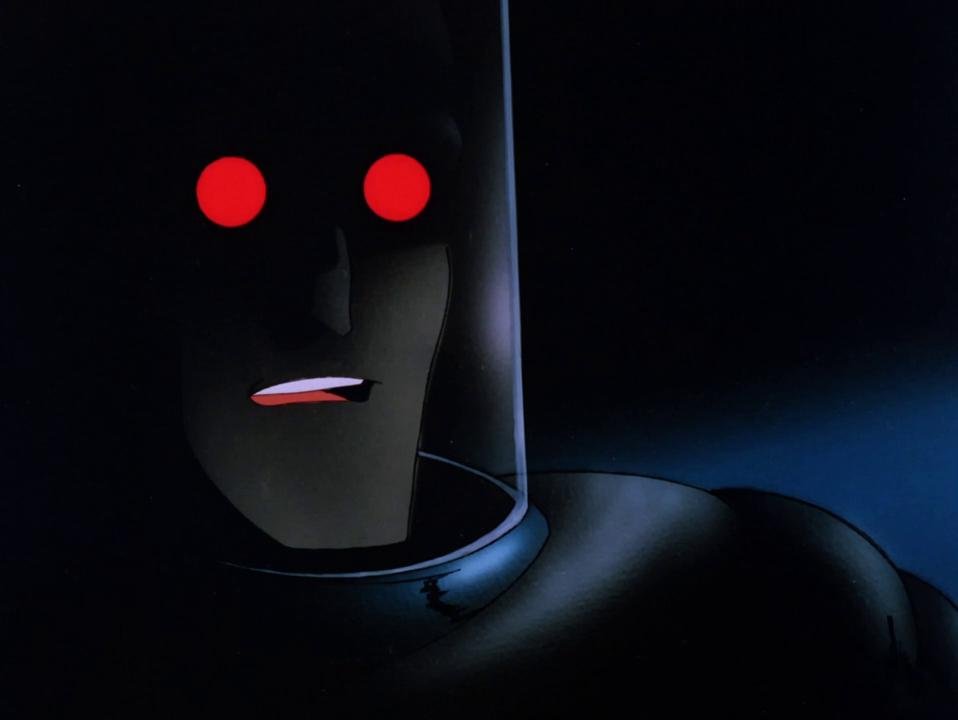
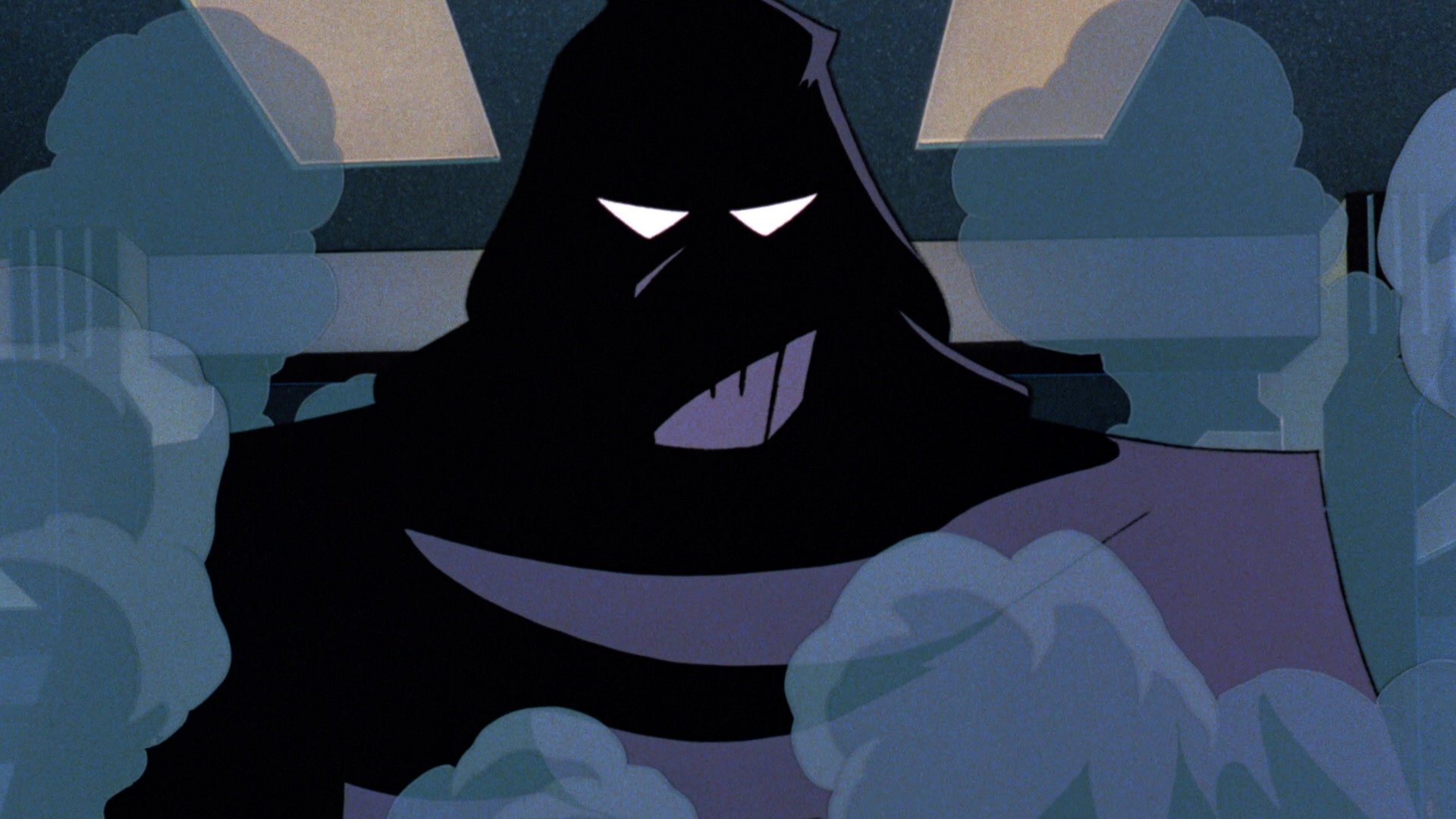


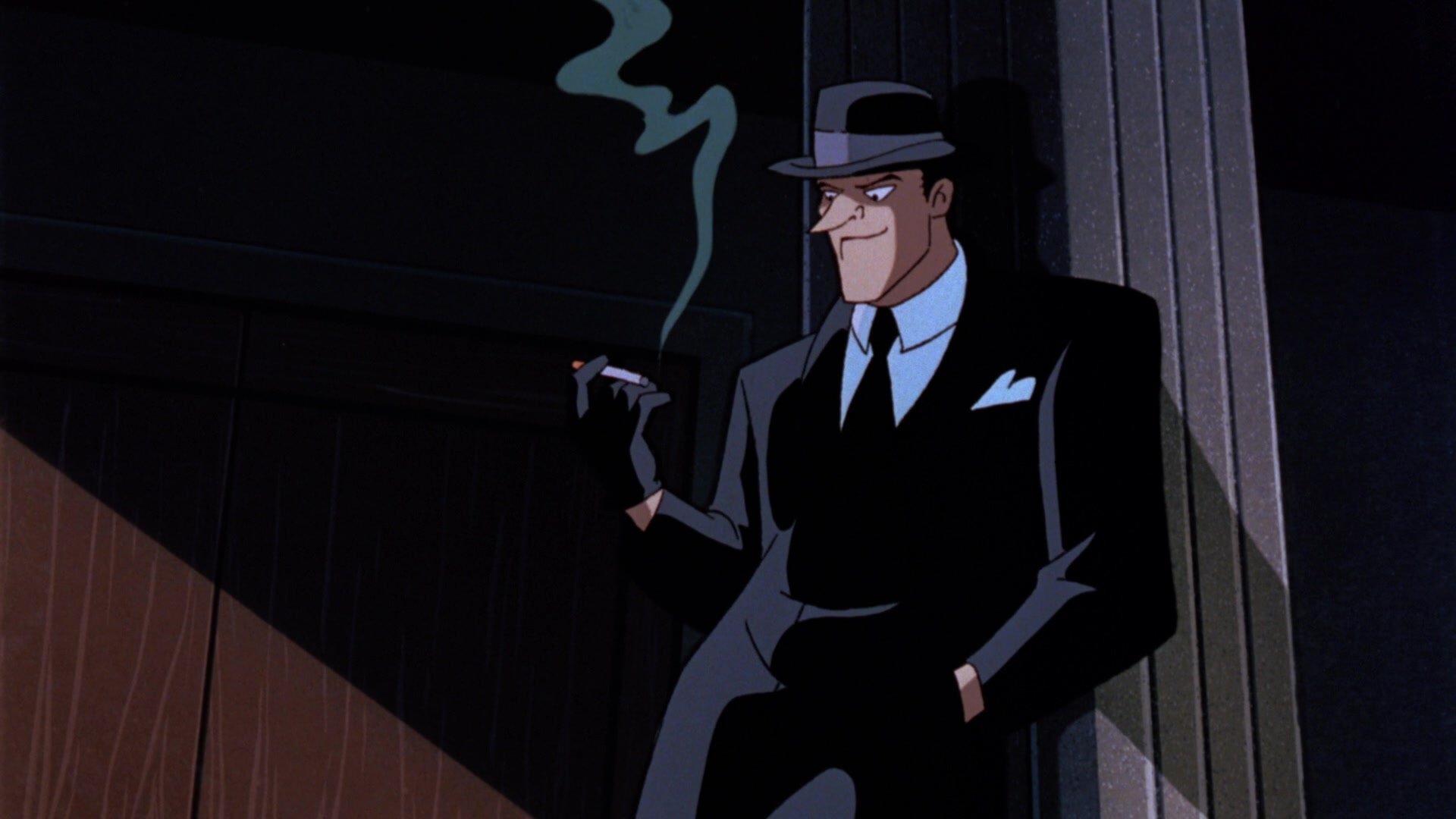


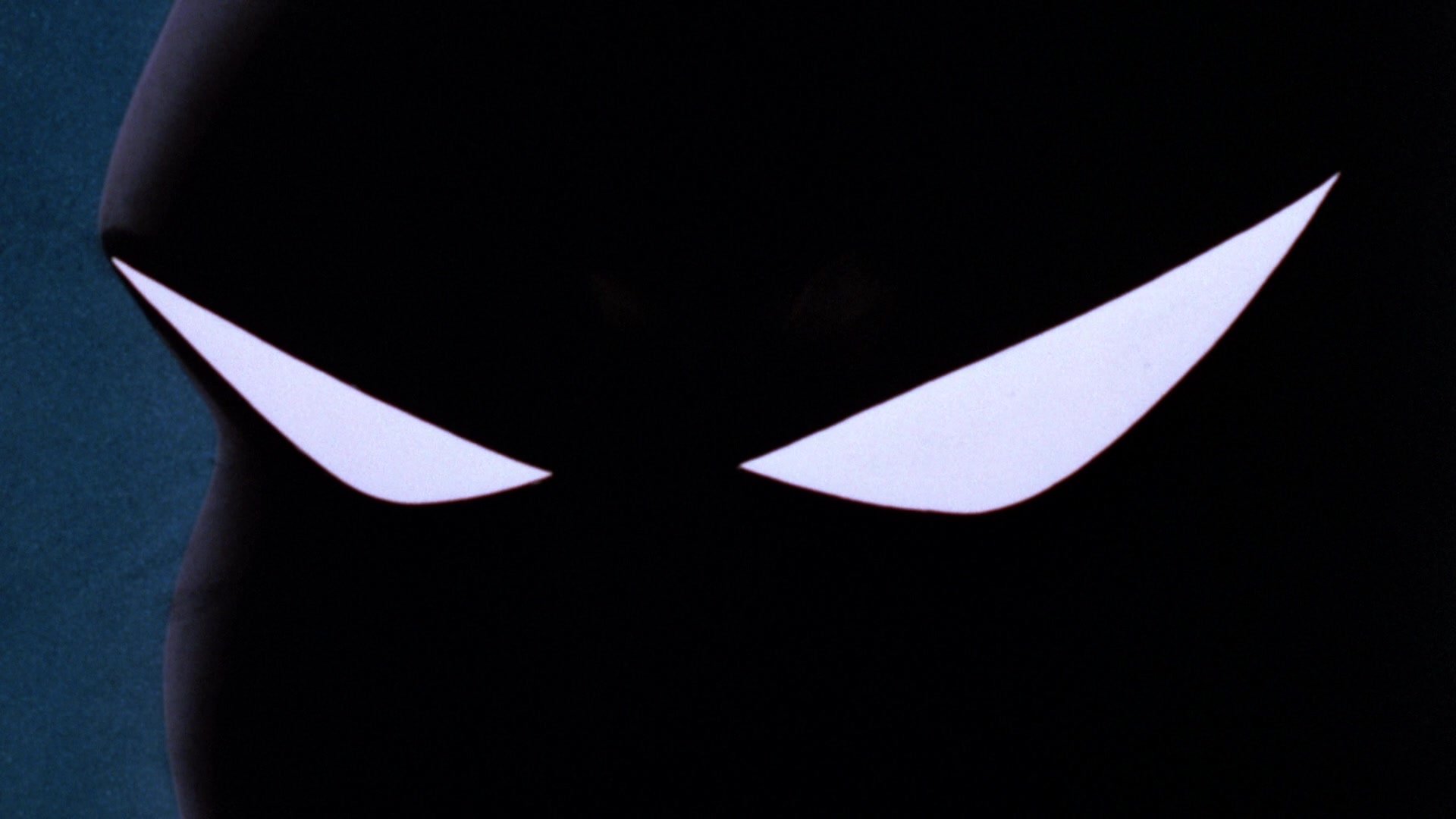


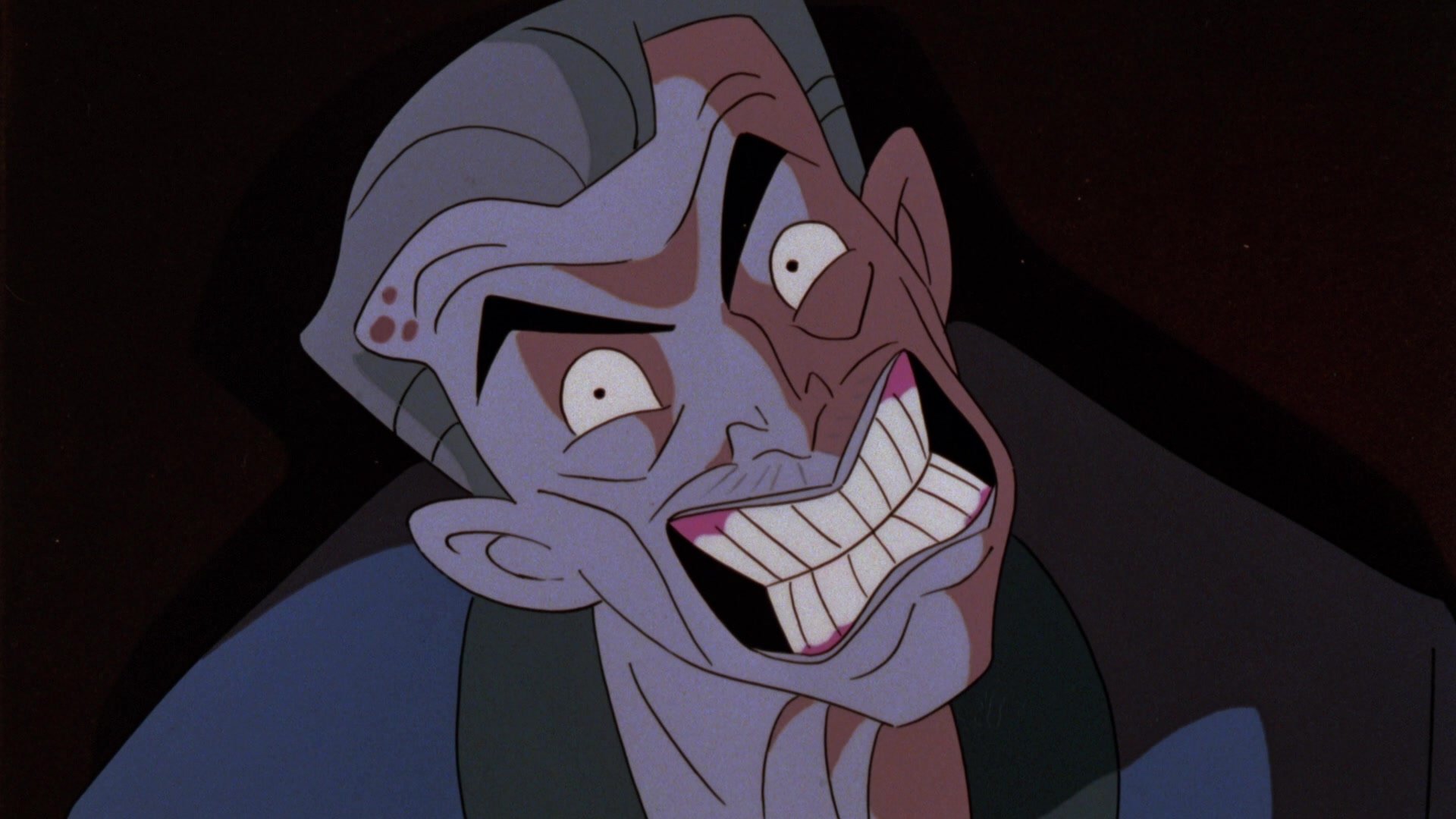

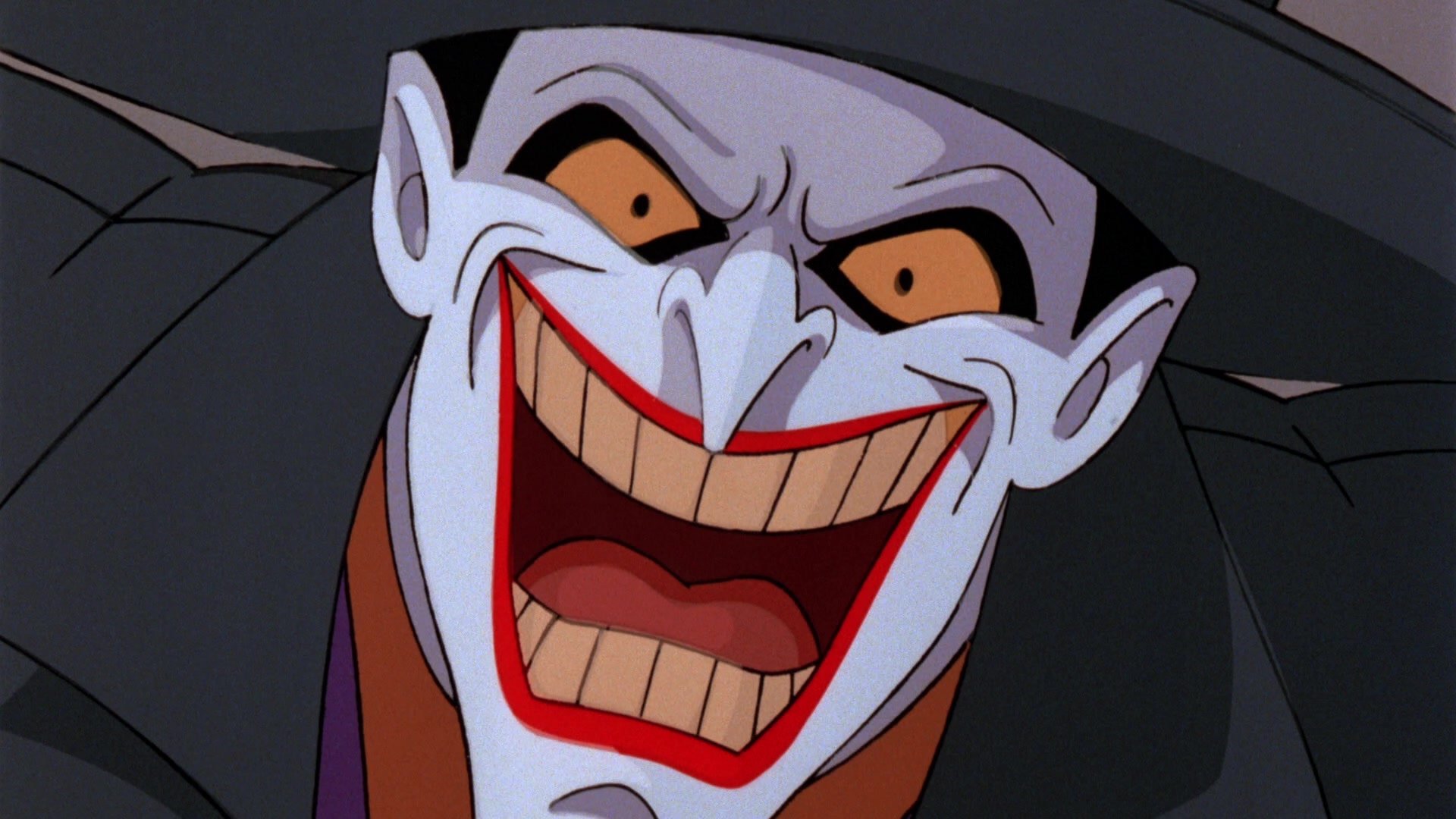
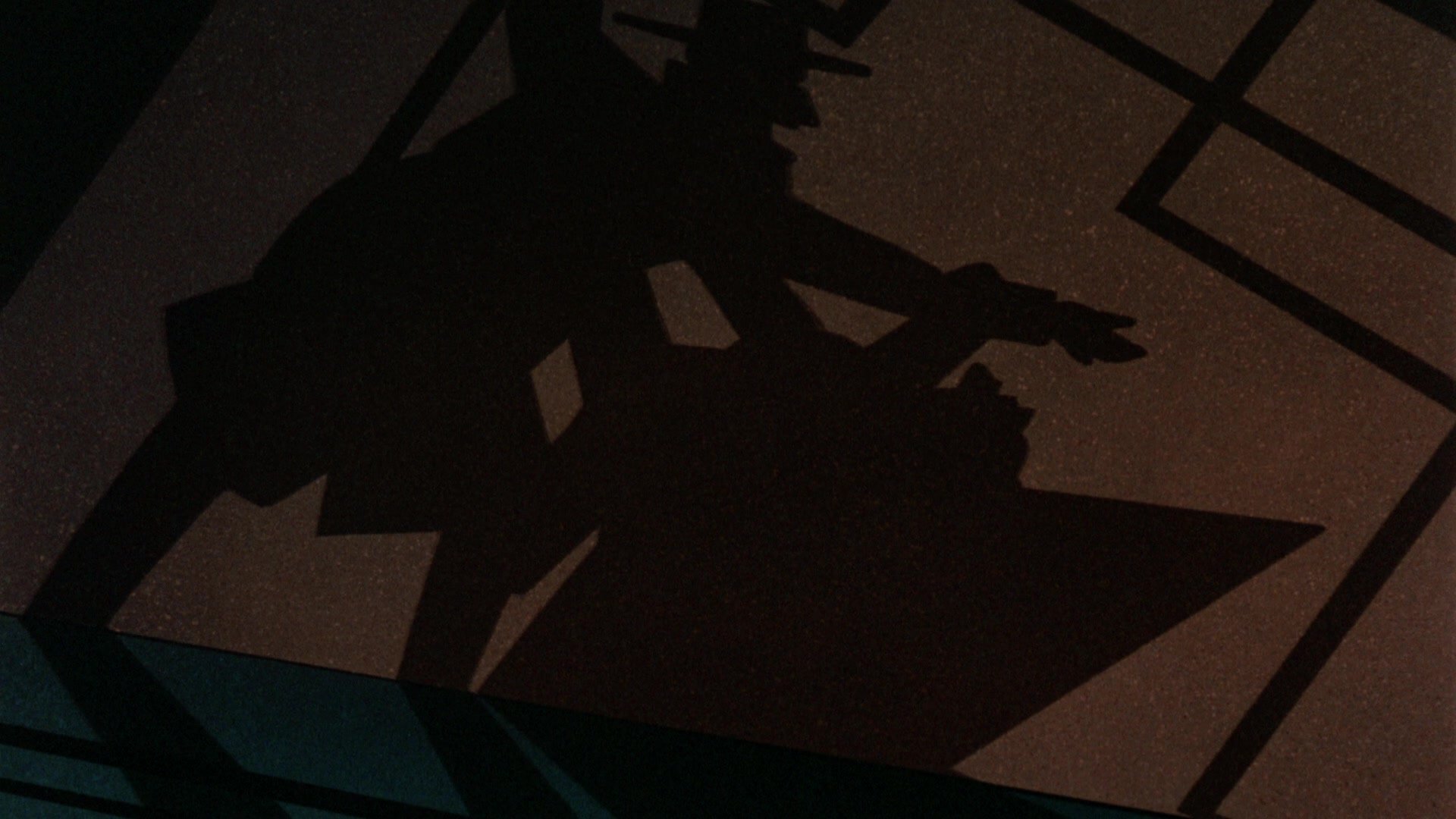


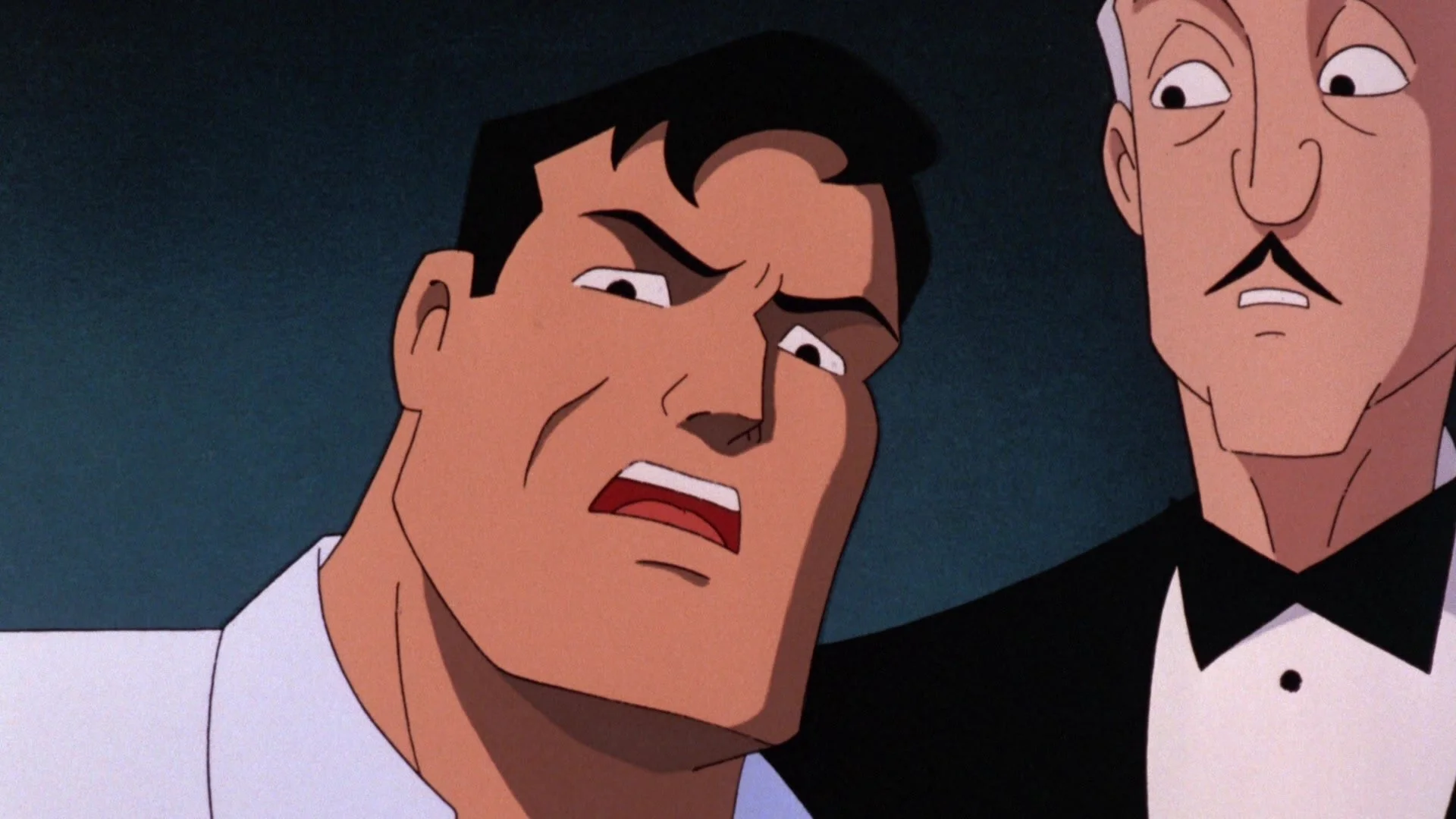



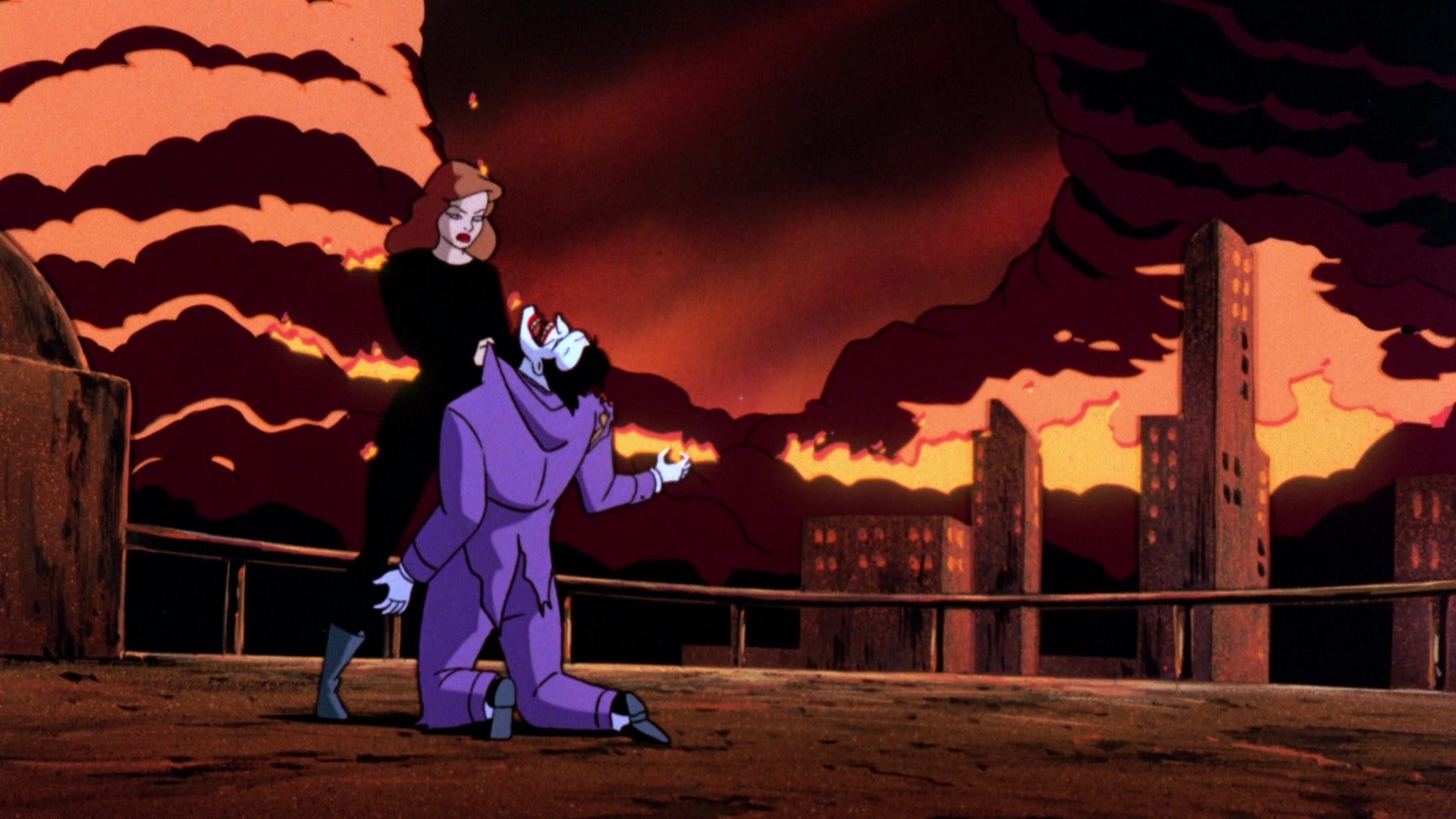




George has escaped from Arkham Asylum. He’s dressed in his batsuit in the dark. He’s on his batmicrophone talking about the greatest batmovie.
Will George ever get a good night’s sleep? Will he ever fulfill his dream and become Batman? Will he ever become a stable human being? Stay tuned.